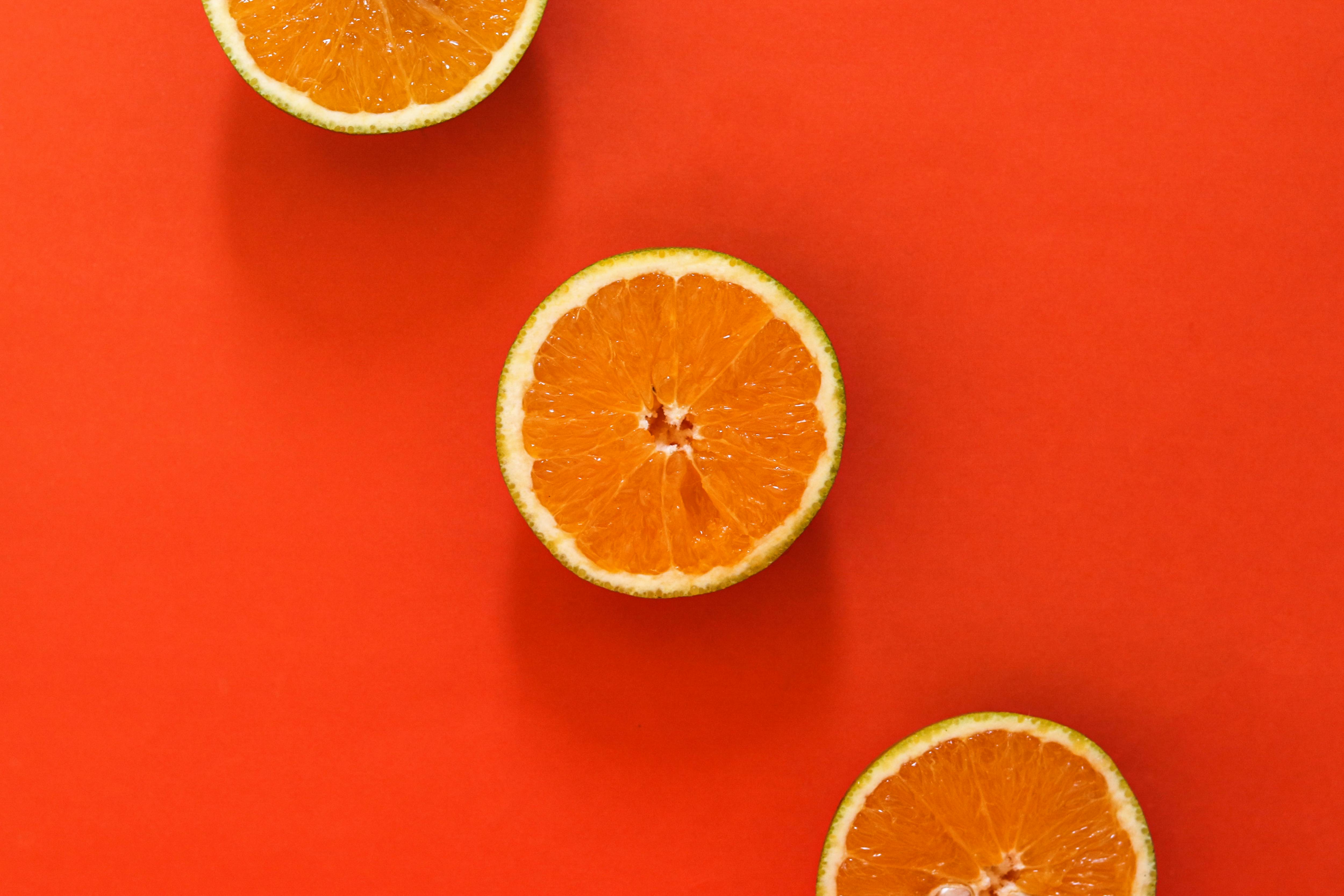
Foods that cure hard stools
admin
- 0
Everyone suffers from constipation from time to time. But what do you do if it’s a daily occurrence?
The human intestine is most comfortable when it produces stools (bowel movements) of a desirable consistency and size. “A brown banana” is a good way to think of the ideal stool: not too hard, not too soft, not too big, not too small. The muscles of the colon are designed to pass a soft stool the size of a banana. The colon has more difficulty expelling hard stools, whether small or large.
Although certain diseases and many medications cause constipation, the most common culprit is a lack of fiber in the diet. Civilized man does not eat enough soluble fiber to keep the intestines well regulated. Soluble fiber is the kind that can absorb liquids to soften stools — think dried beans. Hard, dry beans can turn to mush if soaked and cooked long enough to absorb enough water. Soluble fiber is not absorbed in the intestines; it passes through unprocessed, absorbing additional water along the way, much like the gelatin in disposable diapers.
So before we get to food, don’t forget the water. Regardless of the foods you eat, your stools cannot be softened if not enough water passes through your intestine.
Also, food cannot soften stool that has already formed; the fiber just softens the next stool down the road. Think of your intestinal tract as a conveyor belt. You want to keep a good supply of fiber moving throughout the tract to keep all of your bowel movements at a good consistency. The hard stools you have now should go away in a day or two. New stools with higher fiber content can then begin to form thanks to an improved diet. Sometimes it takes a while for the intestine to get used to this: it has to stretch a bit and get used to working properly again. Until then, you may experience gas, bloating, cramps, or mild discomfort.
Remember the proverb, “An apple a day keeps the doctor away”? That is a good place to start. A medium apple has about 3 grams of fiber. You would have to eat 4 slices of white bread to get that much fiber (and with 4 times the calories).
Fruits and vegetables are excellent sources of fiber. In addition to apples, other fruits that are especially high in soluble fiber include raspberries, blackberries, and pears. Don’t peel the apples and pears; also eat the skin for the highest fiber content. And any fruit is a better food choice than simple carbohydrates like white bread, white rice, sweetened cereals, pasta, white flour, or sugar.
High-fiber vegetables include beans, artichokes (who eats them?), peas, spinach, carrots, and broccoli. Raw vegetables are healthier than cooked ones, however, they are somewhat more likely to cause bloating. But any vegetable, cooked or not, is healthier to eat than a simple carbohydrate.
Whole grains are also a reasonable source of fiber. Anything with bran is a good option. Whole wheat or rye bread is better than white bread. Oatmeal, shredded wheat, brown rice, and peanuts have a good amount of soluble fiber.
Try to eat at least 5 servings a day of these high-fiber foods. Again, it may take a few days or maybe a few weeks for your colon to adjust to the increased fiber, but it should be worth it in the long run. An added bonus: Most of these foods are low in calories but packed with vitamins and other nutrients, good for you in every way.
Copyright 2010 Cynthia J. Koelker, MD

